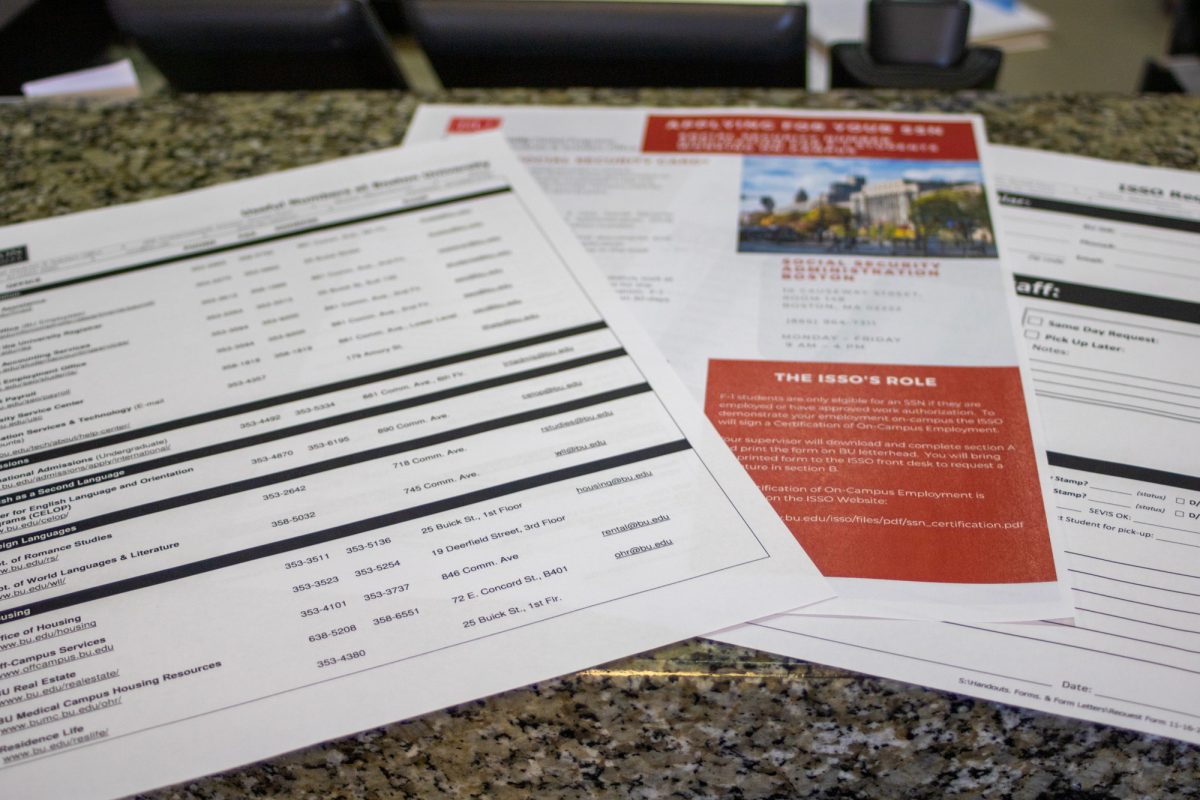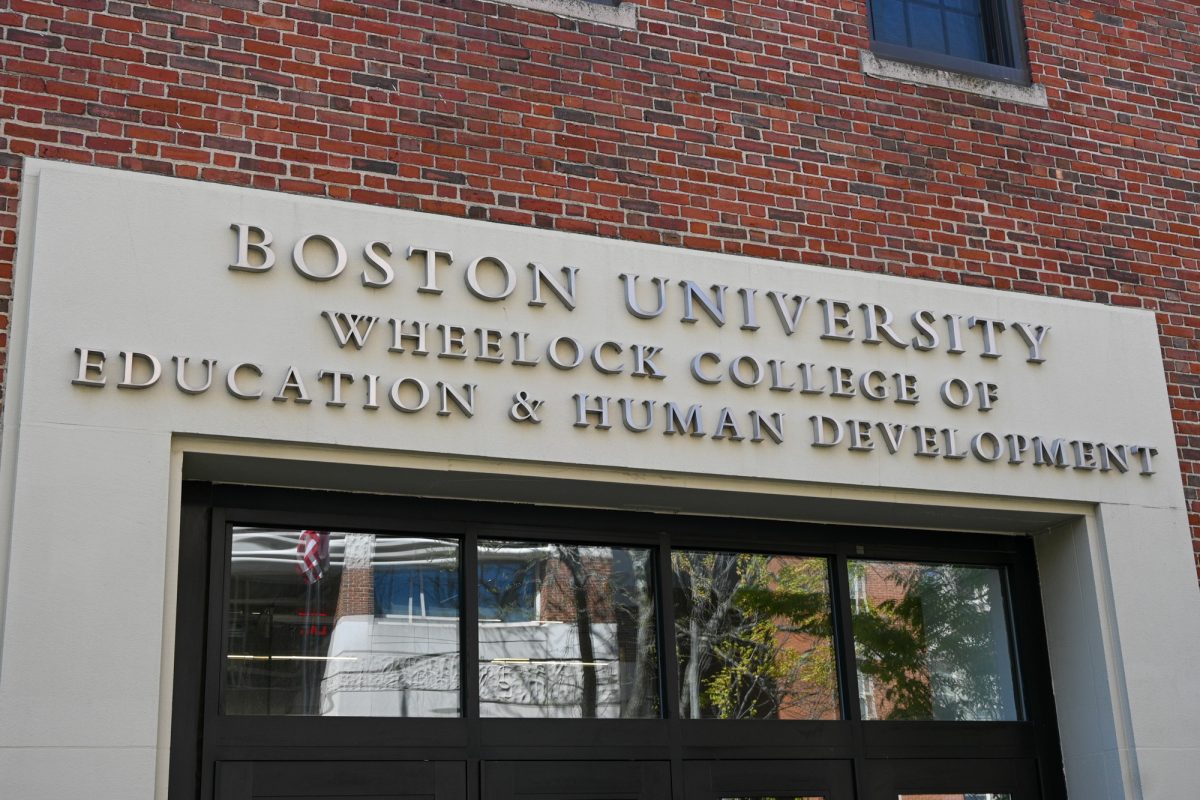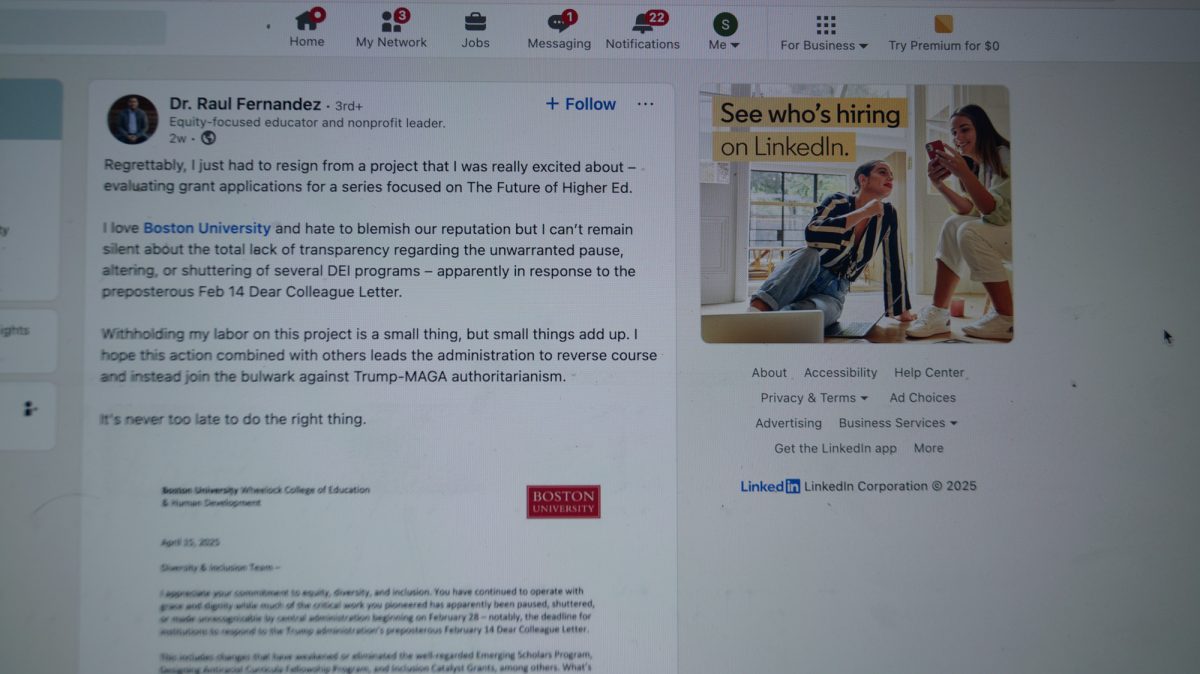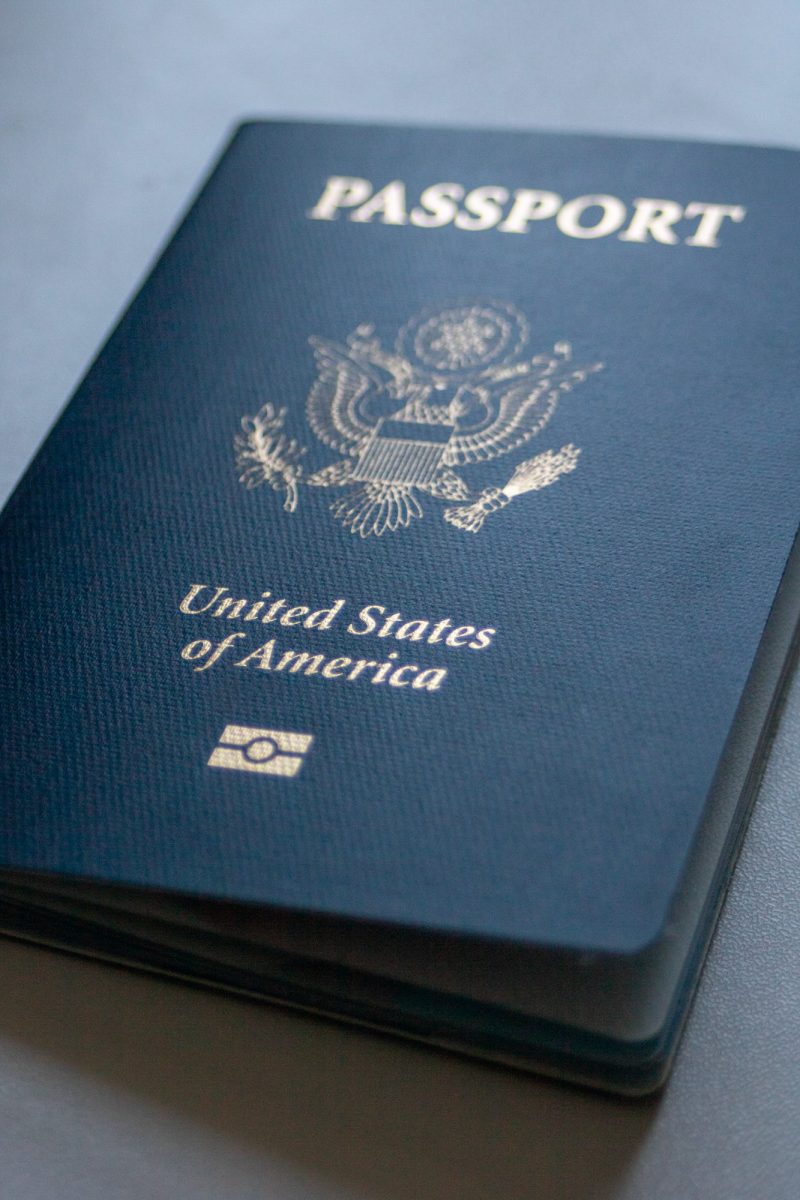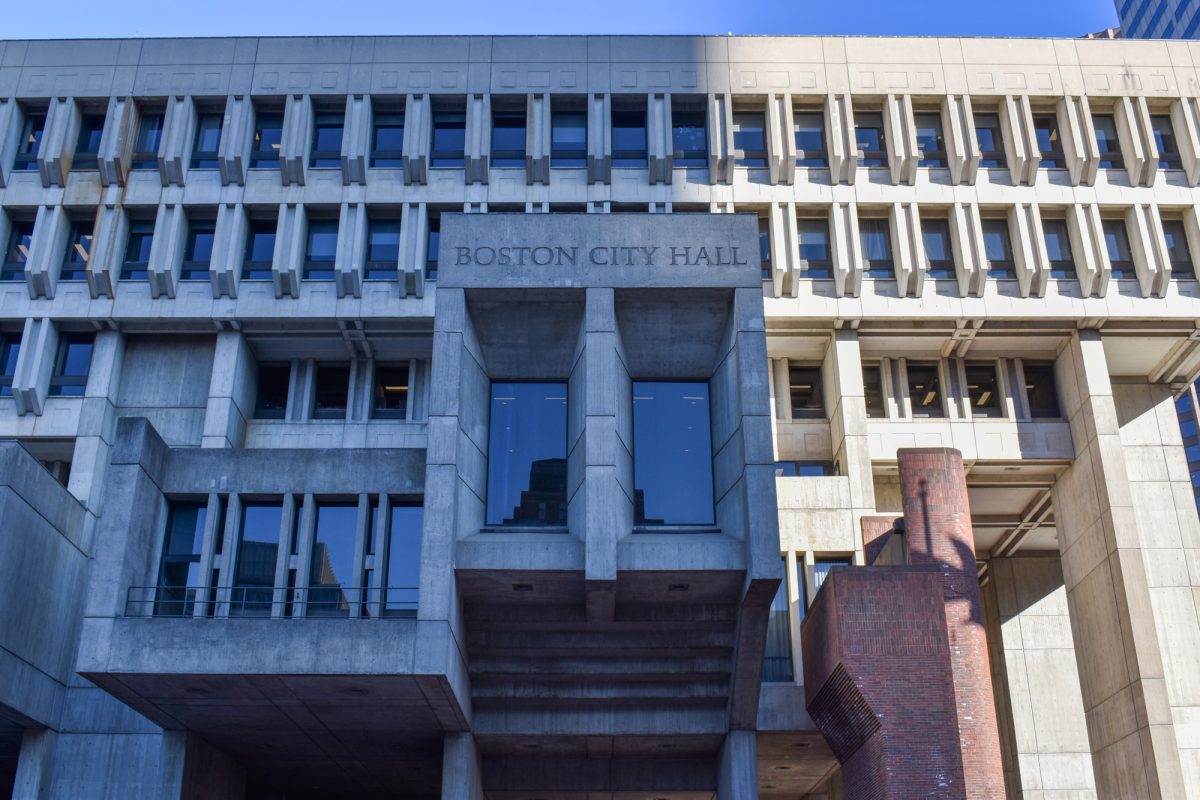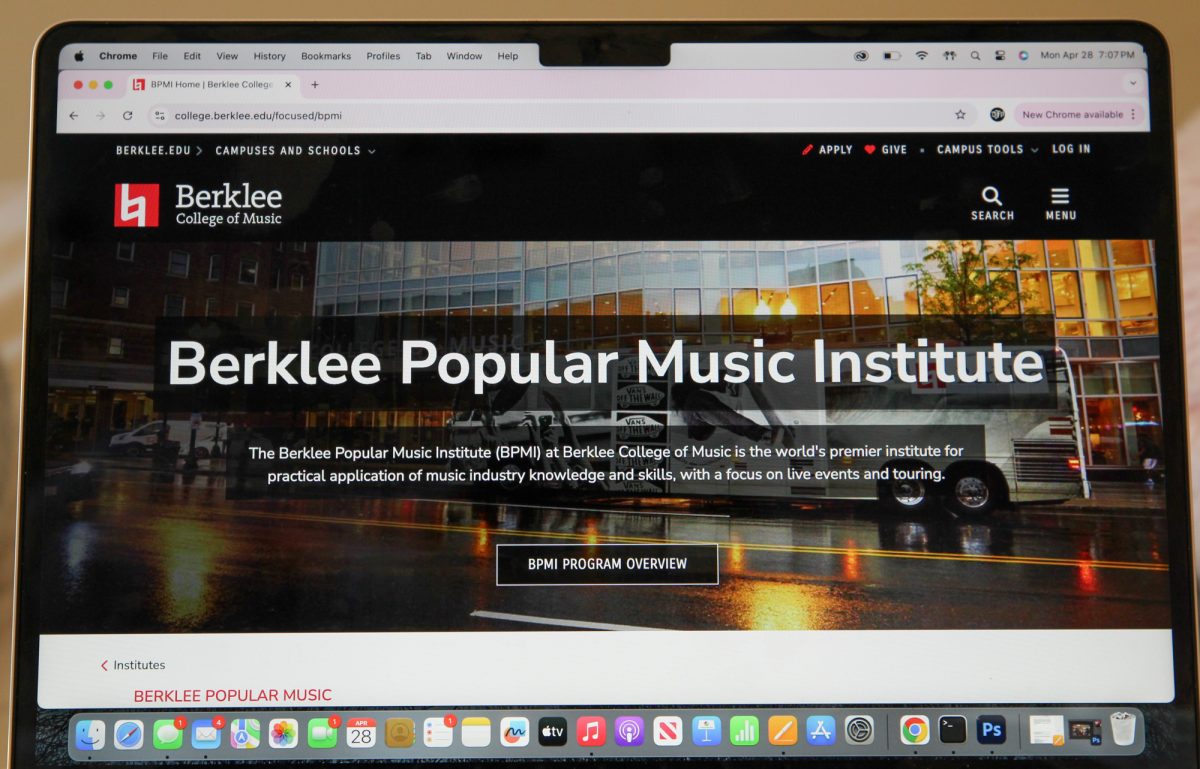Buried at the bottom of backpacks, beneath notebooks, textbooks and a laptop, power cords and wires to connect the laptop to the internet are often stuck in a jumbled mess.
But now students at Boston University can leave one of these cords at home, thanks to the expanding availability of wireless internet at numerous locations on campus, including floors one though three of the Mugar Memorial Library, floors one through five of the Photonics Research Center, the West Campus Fresh Food Co. dining hall, floors one through three of the School of Management, the Pappas Law Library and other parts of the School of Law and, most recently, floors one, two, three and five of the George Sherman Union.
A wireless network, such as the one currently operating at BU, allows a computer to connect to the internet via radio waves, as opposed to traditional, land-based connections, which require wires. As long as internet users stay within the range of a wireless access point, they can move about freely without disrupting their internet connection.
Jim Stone, director of Consulting Services in BU’s Office of Information Technology, said there have been ‘dramatic increases in the number of students bringing personal computers – laptops – onto the campus up from past years, which means they’re not bringing desktop systems.
‘There is a reason for that,’ he said. ‘One of those reasons is portability.’
The biggest advantages of wireless internet are accessibility and ease with which one is able to connect to the internet, as well as the time saved by not having to connect to an internet port. Because of those reasons, ‘students are expecting wireless [capabilities] to be there,’ Stone said.
Though wireless internet is far superior to traditional wire connections overall, a major drawback is a lack of security. All wireless transmissions are susceptible to eavesdropping unless they are encrypted.
BU’s wireless network is protected by a Virtual Private Network, or VPN, which students and faculty must download before using the wireless connection so they avoid potentially sharing unwanted information.
Most new computers come with built-in wireless capabilities, and for those without such technology, the solution comes in the form of an adapter card, which can be purchased at any major computer retailer, Stone said.
Locations of wireless ‘hot spots’ throughout campus are not mere coincidence. Signal strength and demand are only a few of the factors taken into account when deciding where wireless internet will best benefit all members of the university community.
‘Signal strength is certainly an issue. Funding is [another] issue,’ Stone said. ‘It is certainly not an inexpensive technology.’
For example, when deciding to install wireless connections in the GSU, Stone debated whether or not every single floor in the building needed the service to accommodate students or if some floors are used more than others.
David Ransom, a junior in the College of Communication, has used wireless internet service since September. He said he wanted to take advantage of the expanding wireless service on campus and at other places around Boston, such as at several Espresso Royale Caffe and Starbucks locations.
‘It’s a nice thing to have because you don’t have to go through wrapping up a 50-foot Ethernet cord,’ he said. ‘You don’t have to be chained to your desk.’
Ransom said he and his roommates spent about $90 on a router and wireless internet cards to equip their apartment for wireless service. He has been pleased with the service overall, though his connection is sometimes slower because of less than perfect signal strength.
Ransom said his roommate has had additional problems because his computer is not compatible with BU’s wireless company.
‘It’s just like buying an iPod for a Windows system,’ he said. ‘They just don’t work because they’re different languages.’
Stone said BU will continue to expand wireless internet accessibility as the demand continues to grow.


